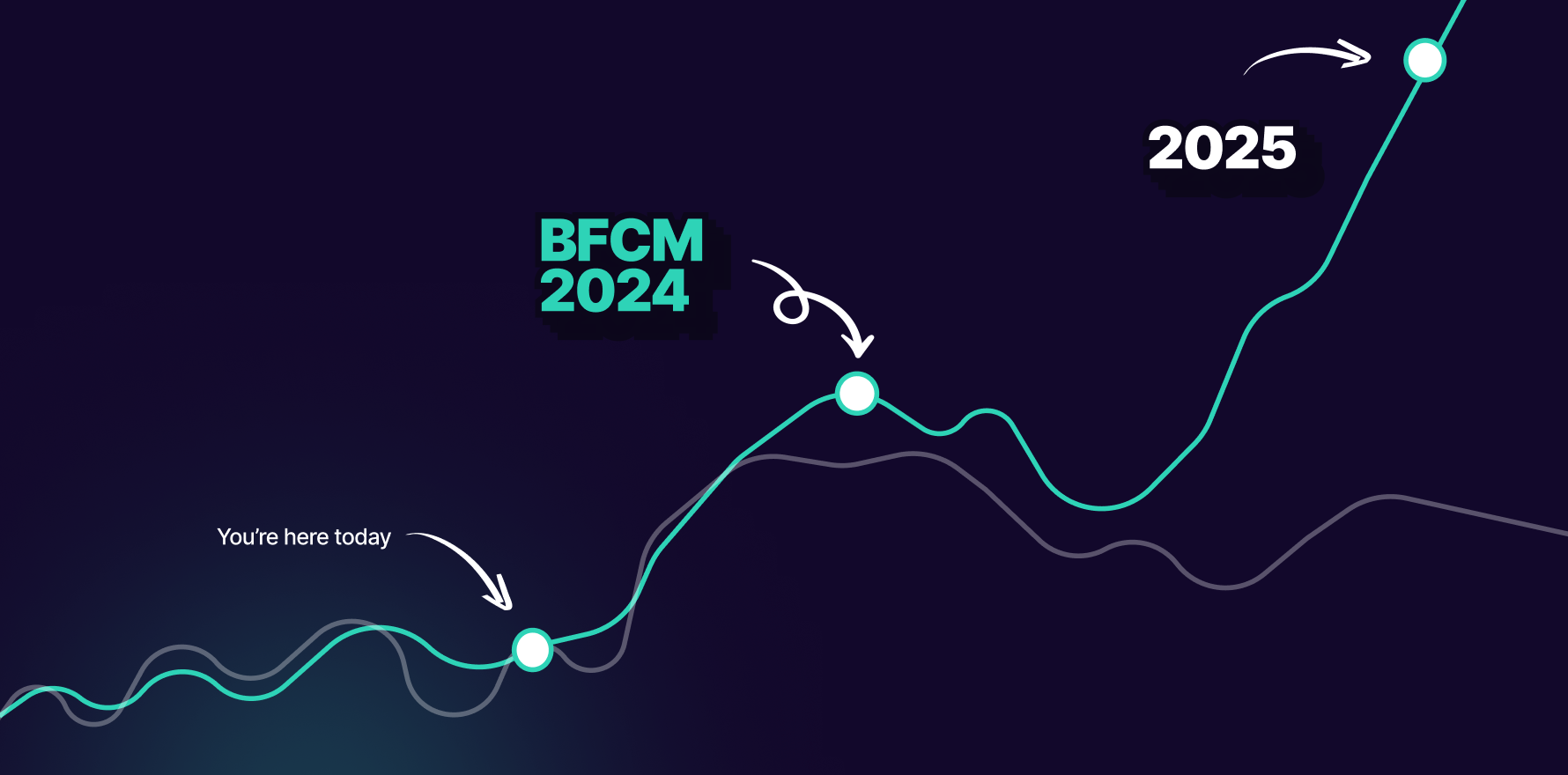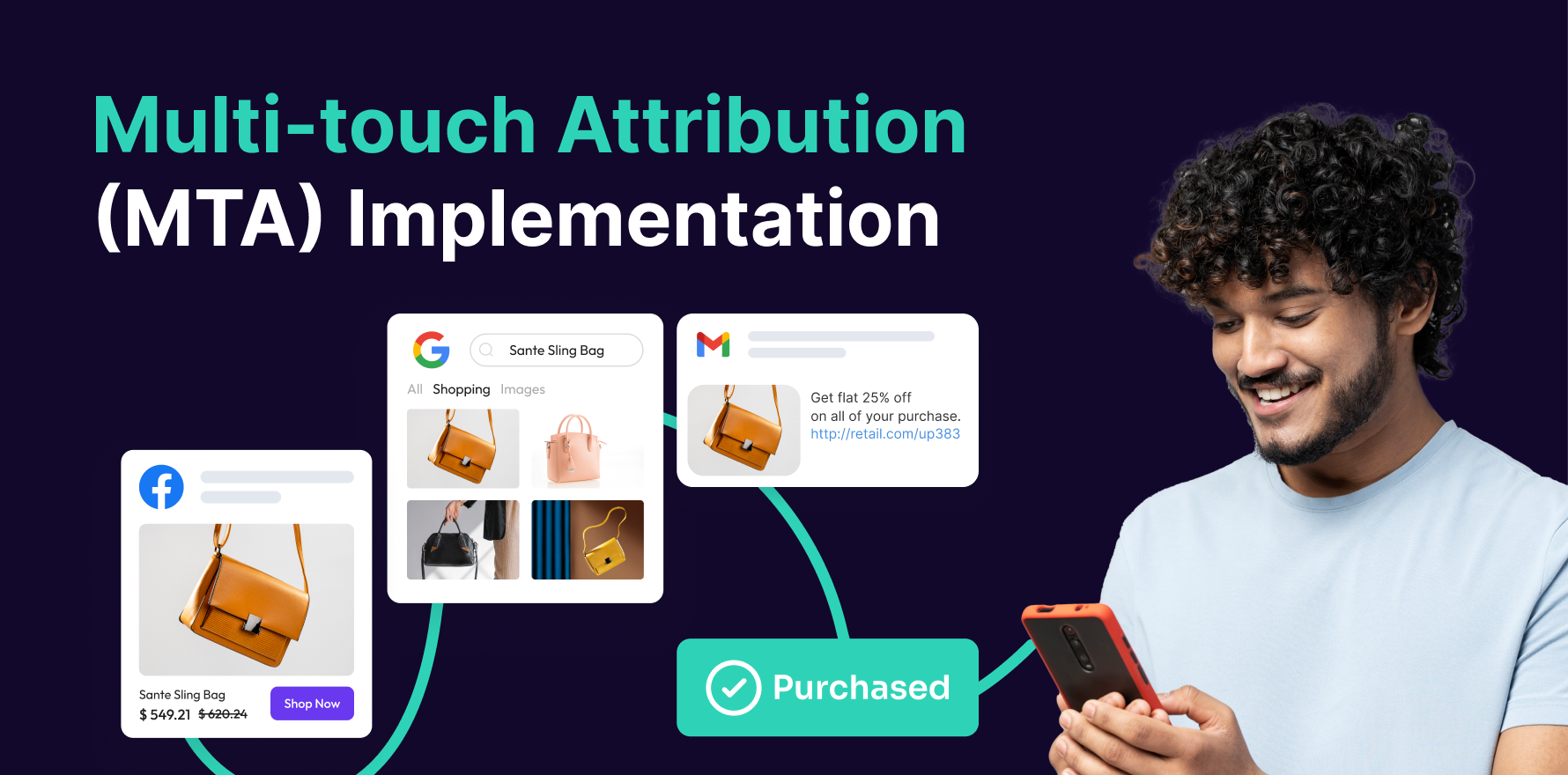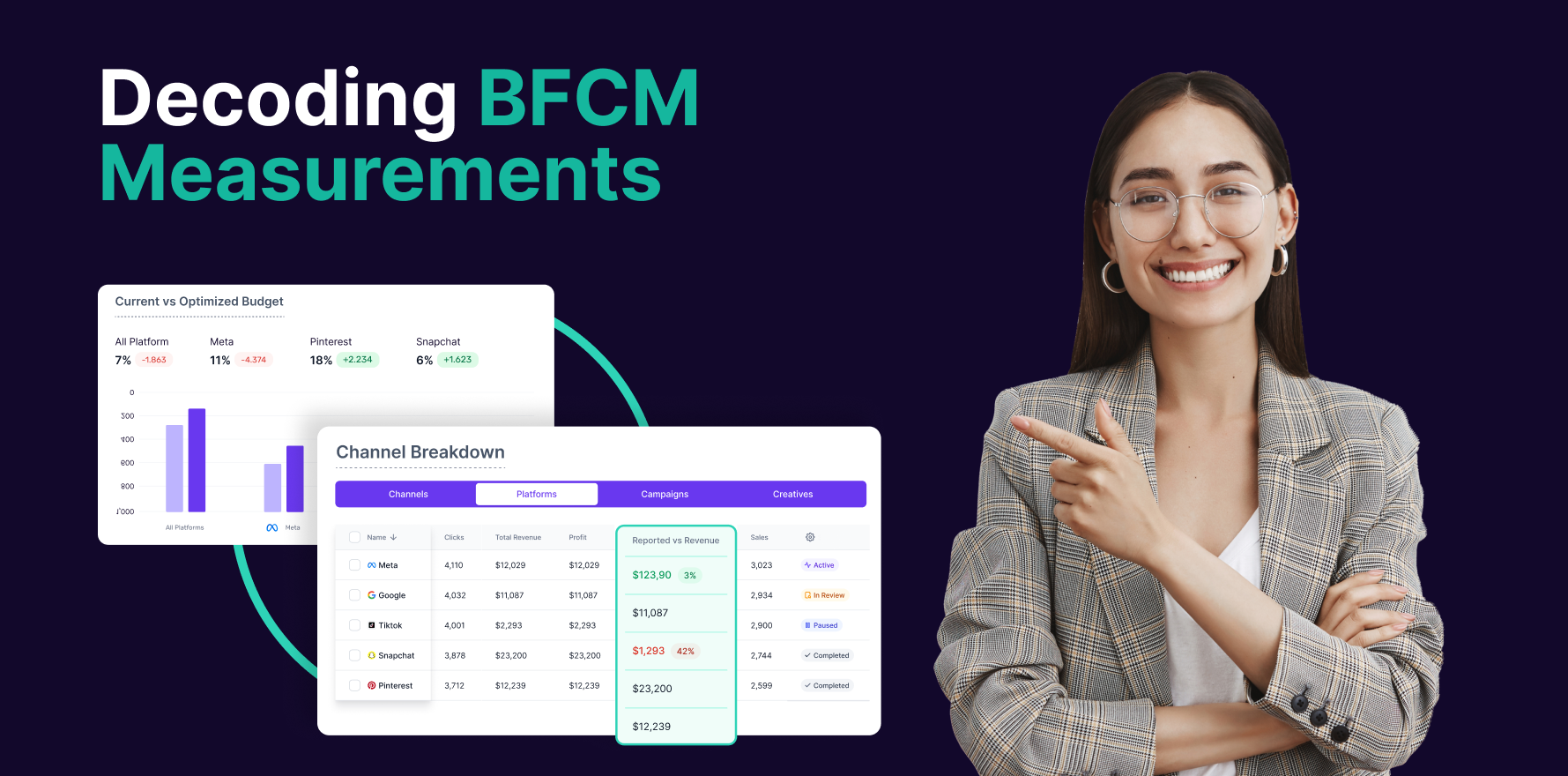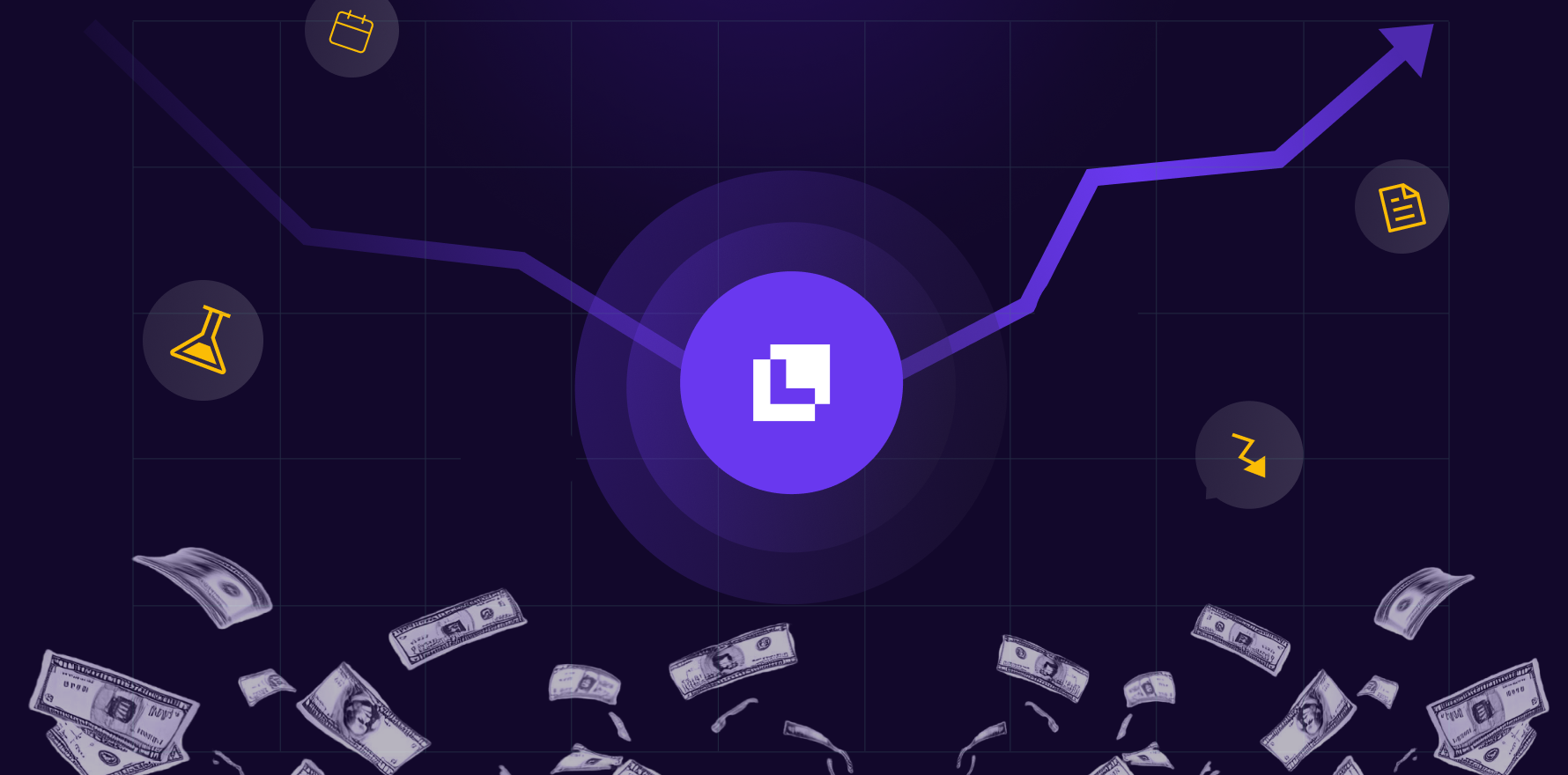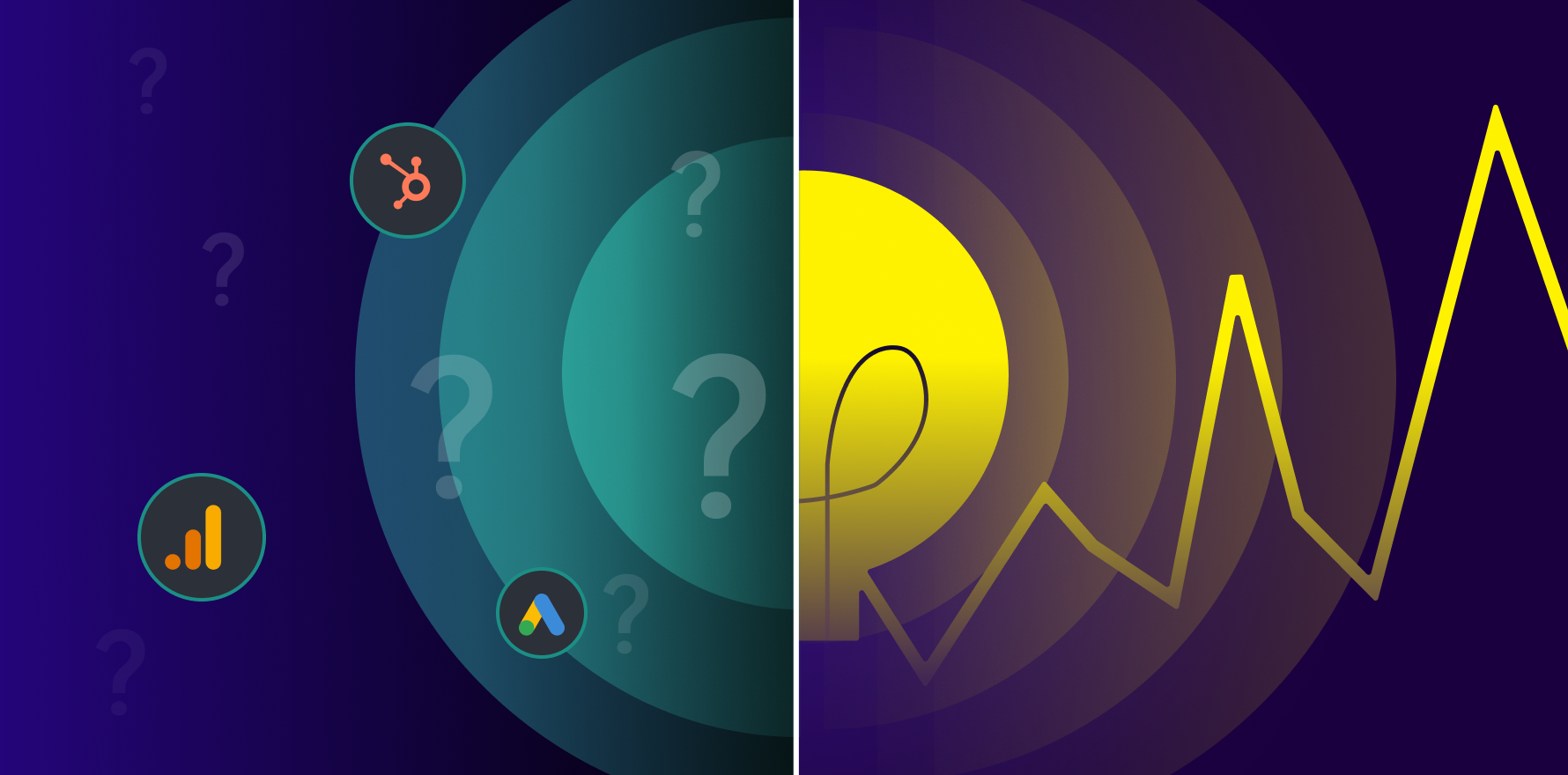What is Break even point?
Despite its seeming simplicity, this metric holds profound significance in ecommerce analytics. The Break-even point essentially represents the moment when your business operation isn’t making a profit. However, it is also not incurring losses; it is at a state of equilibrium. This provides a clear goal regarding minimum production and sales to cover costs, facilitating better strategizing and profit planning.
Formula
Break-even point = Fixed Costs / Contribution Margin per Unit
Example
- Let’s say you have an ecommerce business that sells t-shirts. Your fixed costs are $1,000 per month, and your variable costs are $5 per shirt. You sell your t-shirts for $10 each.
- To calculate your contribution margin ratio, you would subtract your variable costs from your sales revenue:
- Contribution margin ratio = ($10 – $5) / $10 = 50%
Why is BEP important?
The BEP provides valuable insights into pricing, production, and profitability. It helps determine a price-per-product so that even minimum sales cover costs, ensuring survival. Understanding your BEP can also inform scalability decisions, provide a benchmark for success, and assist in setting sales targets.
Which factors impact BEP?
The BEP is susceptible to various factors, most notably price per unit, variable cost per unit, and total fixed costs. It’s crucial to note that changes in any of these values directly influence your BEP. For instance, a price hike may reduce your BEP, but could also lead to a drop in demand, thus decreasing sales volume.
How can BEP be improved?
The focus should be on lowering your BEP without compromising business quality. Reducing variable costs, finding cost-effective fixed-cost solutions, and increasing product prices (without hurting demand) can help businesses achieve a lower BEP.
What is BEP’s relationship with other metrics?
The BEP closely interlinks with other ecommerce metrics like gross profit margin, contribution margin, and sales revenue. It can contribute to generating efficient ecommerce KPIs, guiding decision-making, and ensuring business growth and profitability.
Free essential resources for success
Discover more from Lifesight

